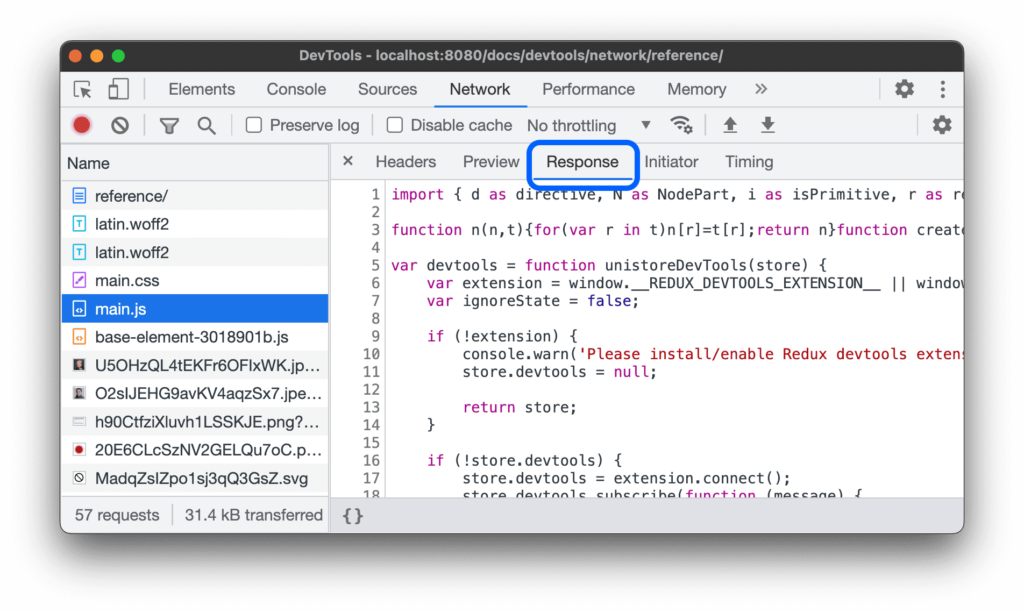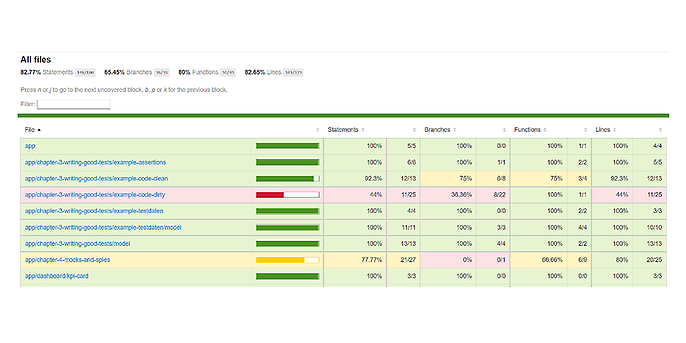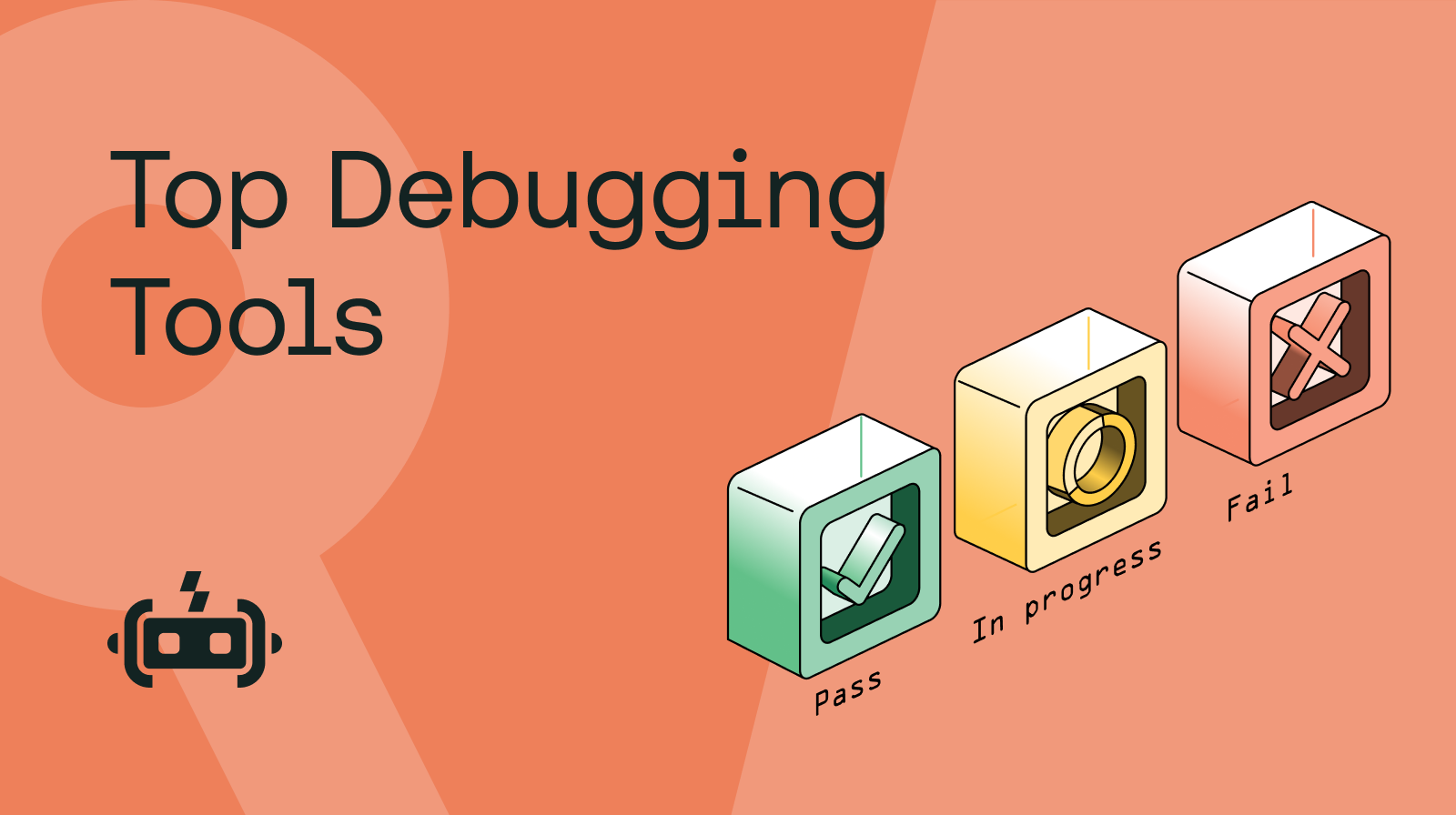Front-end development is an essential aspect of creating a seamless user experience. However, even the most skilled developers encounter challenges such as cross-browser compatibility, performance issues, and UI bugs. Testing and debugging are non-negotiable parts of the development process, ensuring your code is robust and ready for deployment.
Choosing the right tools can make the difference between an efficient workflow and countless hours of frustration. In this article, we’ll dive deep into the top five tools for testing and debugging front-end code and how they can elevate your development process.
1. Chrome DevTools
When it comes to debugging front-end code, Chrome DevTools is often the first tool developers turn to. Built into the Chrome browser, it offers a powerful suite of features for diagnosing and fixing issues directly within your web application.
Key Features:
- Real-time editing of CSS and DOM elements.
- JavaScript debugging with breakpoints and watch expressions.
- Performance analysis to pinpoint slow-loading resources.
Why You Need It:
Chrome DevTools is a go-to for immediate troubleshooting and performance tuning. For instance, you can identify layout shifts, inspect API calls, or tweak your styles to perfection without leaving your browser.
For those collaborating with freelance front-end developers, understanding how to evaluate their work effectively is vital. Check out this comprehensive guide on how to ensure quality work from your front-end developer freelancer to maintain high project standards.

2. Visual Studio Code (VS Code)
While primarily a code editor, VS Code shines as a debugging tool thanks to its extensibility and built-in debugger. Its simplicity and power make it a favorite among front-end and full-stack developers alike.
Key Features:
- Debugging support for JavaScript, TypeScript, and more.
- Extensions like ESLint to enforce code quality standards.
- Integrated terminal and Git support for streamlined workflows.
Why You Need It:
VS Code allows you to manage and debug your projects in one place, reducing context switching and improving productivity. Combined with extensions like Live Server, you can see code changes in real-time, which is invaluable for front-end development.
For full-stack developers, managing databases and APIs is just as important as debugging UI elements. Learn more about how experts efficiently handle these tasks in this comprehensive guide on managing databases and APIs.
3. Selenium
If automation is what you’re after, Selenium is an indispensable tool. This open-source framework is widely used for testing web applications across browsers, making it essential for front-end developers aiming for cross-browser compatibility.
Key Features:
- Automated browser testing for repetitive tasks.
- Supports multiple languages, including JavaScript, Python, and Java.
- Compatibility with most modern browsers.
Why You Need It:
Selenium’s automation capabilities help you simulate user interactions and test workflows, ensuring a smooth user experience. It’s particularly helpful for regression testing, where you need to confirm that new code changes haven’t introduced bugs.
4. Jest
For front-end developers working in the JavaScript ecosystem, Jest is a must-have tool. This testing framework simplifies the process of writing and maintaining test cases, ensuring your code functions as intended.
Key Features:
- Zero-configuration setup.
- Snapshot testing for UI consistency.
- Mocking capabilities to simulate modules and functions.
Why You Need It:
Jest is invaluable for validating JavaScript logic, especially when dealing with complex React components or dynamic UI elements. It not only ensures functional correctness but also makes your codebase easier to maintain.
Debugging issues in full-stack applications often requires addressing both front-end and back-end concerns. Learn how to tackle common challenges in this guide on debugging full-stack applications to sharpen your problem-solving skills.

5. BrowserStack
Testing your application across different devices and browsers can be daunting, but BrowserStack simplifies the process with its cloud-based testing platform.
Key Features:
- Real-time testing on actual devices.
- Automated testing for efficiency.
- Wide compatibility with desktop and mobile browsers.
Why You Need It:
BrowserStack ensures your code performs consistently across various environments. This is especially critical for developers working on client-facing applications where user diversity is high.
Why These Tools Are Essential
Testing and debugging are not optional in modern front-end development—they are requirements for delivering reliable and scalable applications. These tools collectively address the full spectrum of front-end testing needs, from catching bugs during development to ensuring compatibility post-deployment.
“Testing is not about finding bugs; it’s about preventing them in the first place.” — Senior Front-End Developer
Conclusion
The right tools can transform your debugging and testing workflow, enabling you to deliver high-quality, user-friendly applications. Chrome DevTools, VS Code, Selenium, Jest, and BrowserStack each bring unique strengths to the table, empowering developers to tackle challenges effectively.
For developers looking to refine their front-end and full-stack skills, exploring the guides linked above will provide valuable insights. Equip yourself with these tools, and you’ll be well on your way to mastering the art of front-end development.









